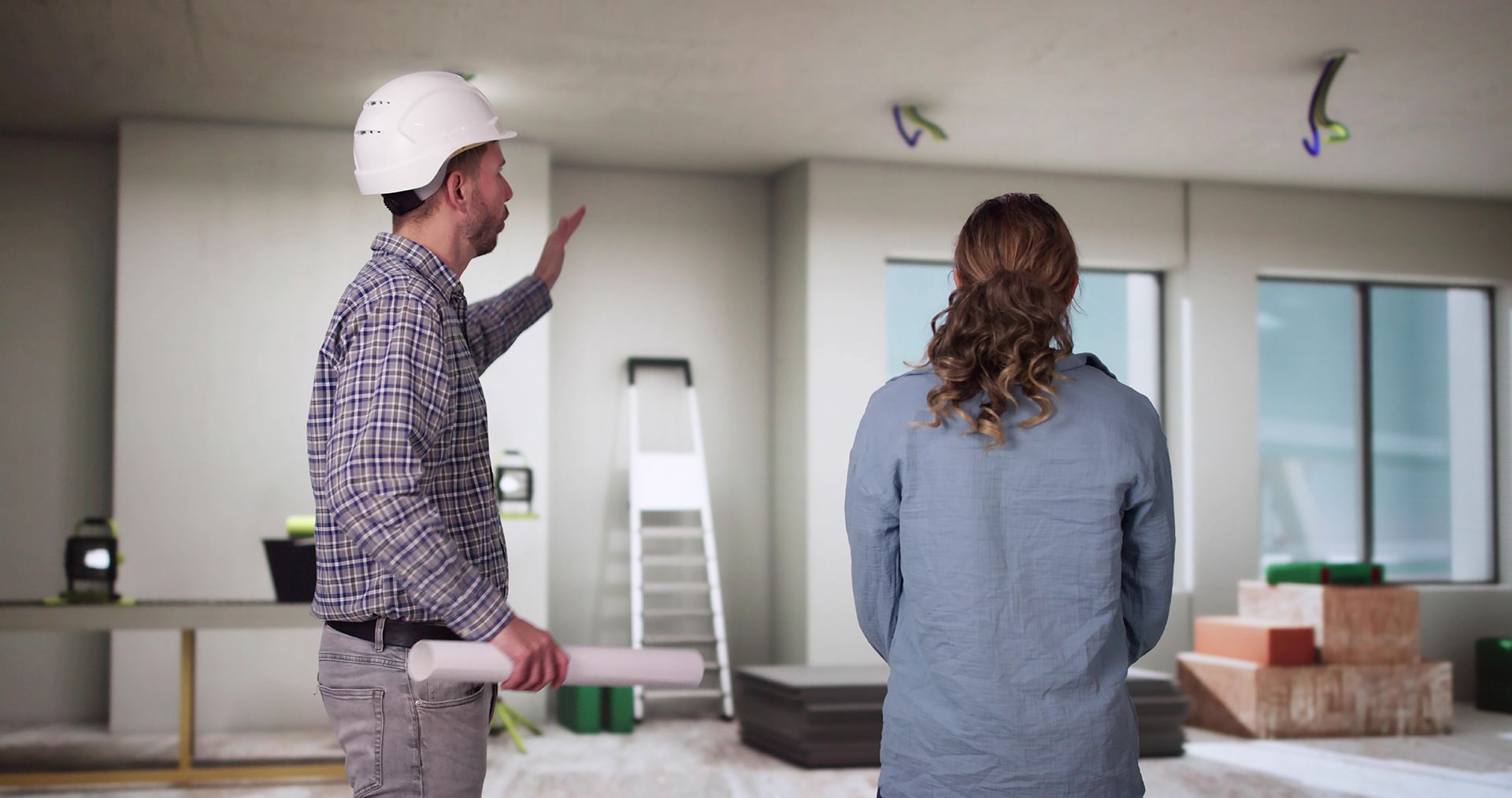What is Radon?
Radon is an invisible, odorless gas that occurs naturally as uranium breaks down in soil, rock, and water. It can enter homes and buildings through cracks in foundations, crawl spaces, or even well water – accumulating indoors where ventilation is poor. The concern? Long-term exposure to elevated radon levels has been directly linked to lung cancer, even in non-smokers. At SafeSpring Radon Testing, we believe understanding radon is the first step in protecting your home and health. Whether you're a homeowner, landlord, or property manager in Gainesville or the surrounding area, our goal is to help you make informed decisions about radon detection services and safety.
Why is Radon a Health Risk?
Radon isn’t harmful outdoors where it disperses quickly, but indoors it can become trapped and concentrated. Prolonged exposure – especially when radon levels exceed the radon action level of 4.0 pCi/L – has been shown to significantly increase the risk of developing lung cancer. In fact, the U.S. Surgeon General ranks radon as the second leading cause of lung cancer after smoking. Understanding the radon health risks and testing your home is critical, especially since symptoms from radon exposure are not immediately apparent. By working with a qualified radon inspector, you’ll get accurate insights into whether your home is safe or in need of further action.
How Radon Enters Your Home
Radon gas moves from the ground into buildings through tiny pathways – foundation cracks, construction joints, or gaps around pipes. Because it's a gas, it can seep into basements, crawlspaces, and ground-floor rooms, often without any warning signs. Even well-sealed and newly constructed homes can be affected. Testing is the only way to know whether your home has a problem. That’s where short-term radon tests and long-term radon tests come into play. Both provide a window into what’s happening under your roof, helping homeowners, landlords, and property managers take timely, evidence-based steps to protect those inside.
Understanding Measurement Units
Radon levels are typically measured in pCi/L (picocuries per liter) in the U.S. and Bq/m³ (becquerels per cubic meter) in many other countries. The EPA recommends taking action if radon levels reach or exceed 4.0 pCi/L indoors. Understanding these measurements is important when reviewing test results or deciding whether a radon mitigation system is necessary. Our team will explain your results in plain language and walk you through what the numbers actually mean for your property. If mitigation is needed, we can make sure you have a comprehensive strategy in place, and provide help to install a system tailored to your building’s layout and structure.
Why Professional Testing Matters
DIY radon kits exist, but for reliable, accurate readings, it's best to work with experienced radon contractors. A certified radon specialist will not only ensure correct placement and interpretation of test devices but also provide context and recommendations based on your unique situation. At SafeSpring Radon Testing, we bring professional-grade tools and in-depth local knowledge to every job, which is especially important in regions like Gainesville, where soil composition can affect radon concentration. Whether you're purchasing a new home, conducting routine maintenance, or addressing tenant safety, our radon company delivers testing that gives you clarity and confidence.

